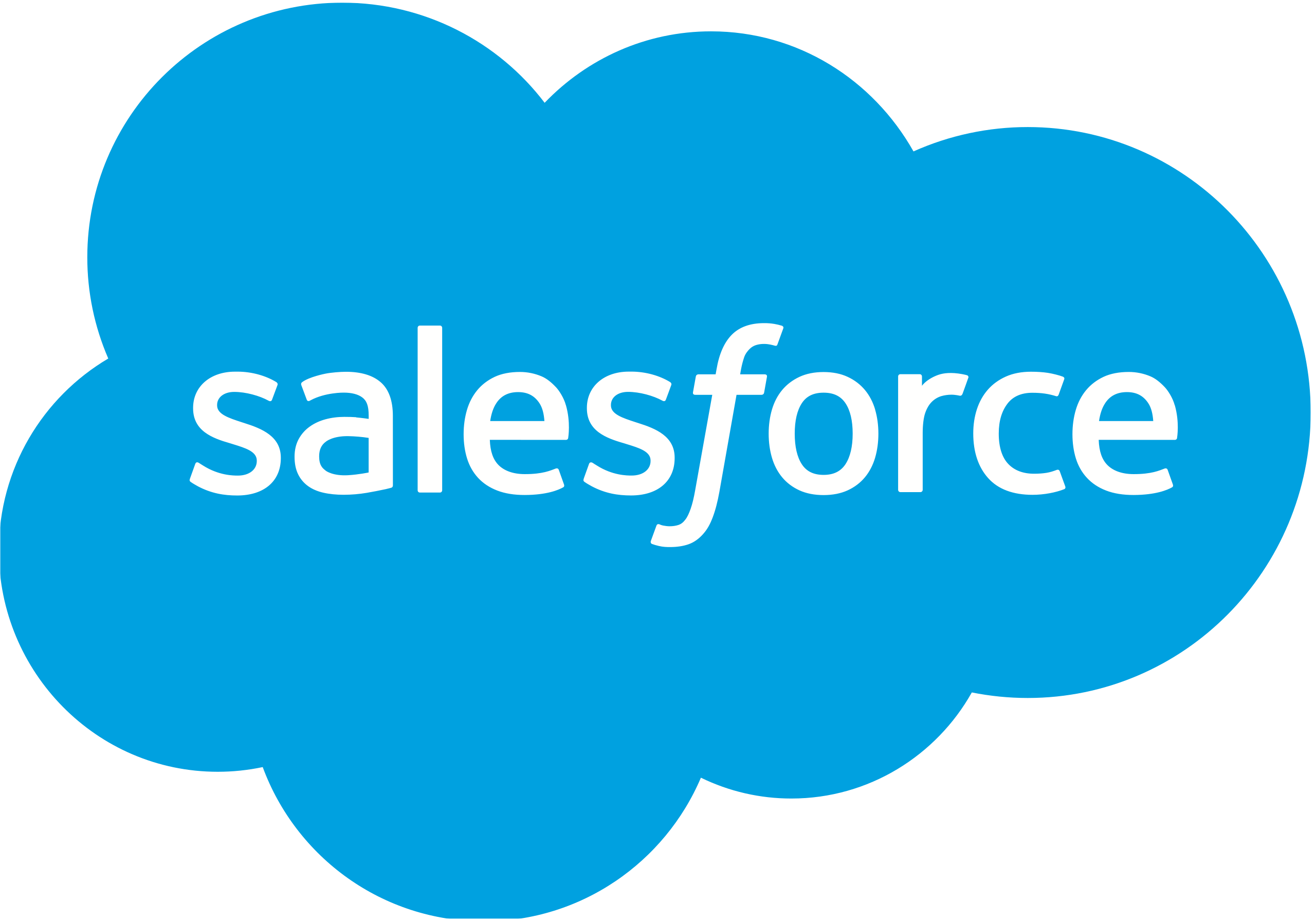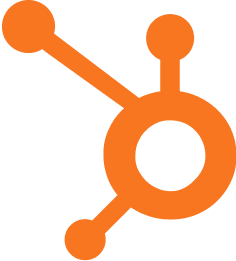Revenue Forecasting: Predicting Future Income

Published on: October 01, 2024
Revenue forecasting is a critical process in business planning that involves predicting future income based on historical data, market trends, and other relevant factors. This strategic tool helps organizations make informed decisions, set realistic goals, and allocate resources effectively. 💼📊
Why is Revenue Forecasting Important?
Accurate revenue forecasting is essential for:
- Budgeting and financial planning
- Setting sales targets
- Investor relations and stakeholder communication
- Resource allocation and capacity planning
- Identifying potential cash flow issues
Key Components of Revenue Forecasting
Effective revenue forecasting typically involves the following elements:
- Historical data analysis: Examining past sales performance and trends
- Market research: Understanding industry trends and competitive landscape
- Sales pipeline analysis: Evaluating potential deals and their likelihood of closing
- Economic indicators: Considering broader economic factors that may impact revenue
- Seasonality: Accounting for cyclical patterns in sales
Revenue Forecasting Methods
There are several approaches to revenue forecasting, including:
| Method | Description |
|---|---|
| Top-down forecasting | Starting with overall market size and estimating market share |
| Bottom-up forecasting | Aggregating individual sales projections to create a total forecast |
| Time series analysis | Using historical data to identify patterns and trends |
| Regression analysis | Identifying relationships between variables to predict future revenue |
Revenue Forecasting Formula
While specific formulas may vary depending on the method used, a basic revenue forecasting formula is:
\[ \text{Forecasted Revenue} = \text{Number of Units Sold} \times \text{Average Price per Unit} \]
This formula can be adjusted to account for different product lines, sales channels, or time periods.
Challenges in Revenue Forecasting
Despite its importance, revenue forecasting can be challenging due to:
- Unpredictable market conditions
- Changes in customer behavior
- New product launches or market entries
- Economic fluctuations
- Data quality issues
Improving Revenue Forecasting Accuracy
To enhance the accuracy of revenue forecasts:
- Use multiple forecasting methods and compare results
- Regularly update forecasts with new data
- Incorporate both quantitative and qualitative inputs
- Leverage technology and AI-driven forecasting tools
- Collaborate across departments for a holistic view
Revenue forecasting is an essential skill for Sales Operations, Marketing Operations, and Revenue Operations professionals. By mastering this process, you can drive better decision-making and contribute significantly to your organization's success. 🚀💰
Implementing Revenue Forecasting in Your Sales or Marketing Stack
As you consider implementing or improving revenue forecasting in your organization, ask yourself:
- What data sources do we currently have available for forecasting?
- How can we integrate our CRM and marketing automation tools to improve forecast accuracy?
- What forecasting methods align best with our business model and industry?
- How often should we update our revenue forecasts?
- What key performance indicators (KPIs) should we track to measure forecast accuracy?
By addressing these questions, you'll be well on your way to developing a robust revenue forecasting process that drives growth and success for your organization. 📈🎯
















